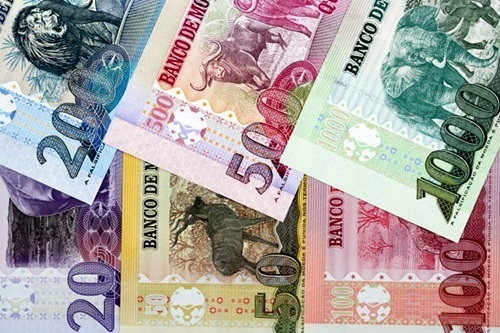Mozambique: Central Bank cuts interest rate
Mozambique adds over €12 million to public debt in Q2 2025″

File photo: Domingo
Mozambique’s debt grew by 910.8 million meticais (€12.1 million ) in the second quarter, due to increased domestic borrowing, according to a Ministry of Finance report accessed by Lusa today.
According to the report, Mozambique’s debt stock reached 1.072 trillion meticais (€14.3 billion) at the end of last June, an increase of 0.1% compared to the first quarter of 2025.
In the document regarding the evolution of public debt from April to June, the Ministry of Finance explains that the “performance is essentially due to the increase in domestic debt” by 0.4%, compared to the previous three months, to almost 445 billion meticais (€5.9 billion).
This figure results from “new debt issuances under the Central Bank’s Credit Facility (21.6% of the total domestic debt stock)”.
At the end of the second quarter, Mozambique’s external debt amounted to the equivalent of 627,855 million meticais (€8,371 million), a 0.1% decrease compared to the previous three months. According to the document, this was due to “debt service compliance” and the “government’s commitment to prioritizing debt contracting under highly favourable conditions”.
The Mozambican government previously warned of a “very large impact” on domestic public debt service in the event of interest rate fluctuations, given the increase in the stock, and expected to spend €267 million servicing debt in September alone.
“Given the increase in the domestic debt stock in recent years, an interest rate shock will have a significant impact on domestic debt service,” notes the Medium-Term Fiscal Scenario (CFMP), from 2026 to 2028.
It adds that current data shows “a concentration of payments in specific periods, which could put pressure on the public treasury, requiring constant monitoring throughout the period”.
The report states that, in September, “expected payments for amortization and interest total approximately 20 billion meticais [€267 million],” making this “the largest amount to be disbursed throughout the year” of 2025.
“This scenario represents a risk as it reflects the growing dependence on domestic debt, the servicing of which has become a substantial burden on public spending, coupled with limited access to external credit and the growing need to finance the budget deficit, thus intensifying pressures on public finances,” the document notes.











Leave a Reply
Be the First to Comment!
You must be logged in to post a comment.
You must be logged in to post a comment.